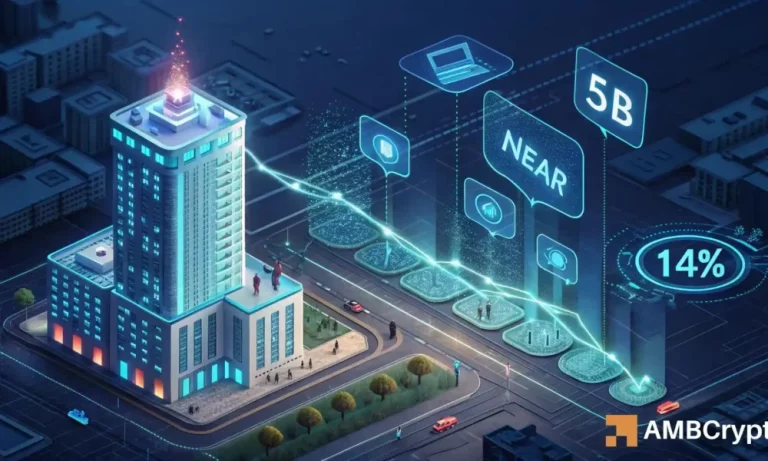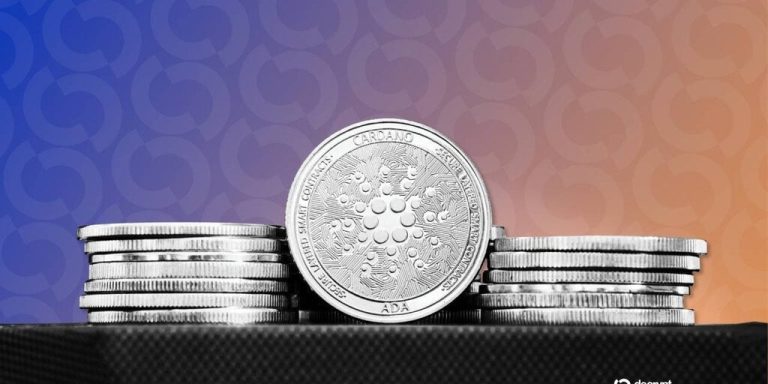
Cardano Network Disrupted by Malformed Transaction
The Cardano blockchain made headlines recently as it experienced a significant disruption due to a so-called ‘poisoned’ transaction. This unprecedented incident caused a chain split within the network, leaving the crypto community in shock and prompting an emergency response from developers and stakeholders. Here’s what happened and how it may affect the future of Cardano (ADA).
What Caused the Chain Split?
The incident began when a malformed delegation transaction exploited a validation bug within Cardano’s software. Newer node versions validated the transaction, while older nodes rejected it, leading to a chain divergence. Intersect, the governance arm of Cardano, explained that the flaw was rooted in an overlooked issue within the software library.
Cardano co-founder Charles Hoskinson called it a “premeditated attack” by a disgruntled stakeholder, adding that the primary goal appeared to be tarnishing the brand and reputation of Input/Output Global (IOG), the company behind Cardano’s development. Hoskinson tweeted that all users of the network were impacted by this disruption, though subsequent reports confirmed no user funds were lost during the incident.
Emergency Measures Taken to Restore Stability
To resolve the issue, developers, node operators, and service providers quickly implemented an emergency update. Stake pool operators were asked to upgrade their systems to join the healthy main chain, with these efforts culminating in restoring the network’s stability. Exchanges and third-party providers temporarily froze deposits and withdrawals as a precautionary measure, but operations soon resumed with minimal impact on retail wallets.
Interestingly, the wallet linked to the poisoned transaction was identified. According to Intersect, this incident is being investigated as a potential cyberattack, involving cooperation with authorities such as the Federal Bureau of Investigation (FBI).
User Confesses Responsibility
Adding another layer to the story, an X (formerly Twitter) user, Homer J., admitted to being the source of the transaction. In their statement, they explained using AI-generated instructions to replicate the flawed transaction. While acknowledging their negligence, Homer affirmed they acted without malicious intent or financial gain, taking full responsibility for the network disruption.
Cardano’s community is no stranger to challenges, but this unforeseen disruption highlights the complexity and vulnerabilities of blockchain systems. Fortunately, quick actions helped limit the damage, and the incident may serve as a valuable lesson for the network and the broader crypto ecosystem.
Looking Ahead: Strengthening Network Resilience
Despite the disruption, Cardano’s developers and ecosystem remain committed to ensuring the blockchain’s long-term resilience. If you’re considering entering the Cardano ecosystem or safeguarding your ADA holdings, staying updated with software updates is a critical step.
Interested in securing your crypto assets? Consider using a hardware wallet like the Ledger Nano X, known for its robust security features. Don’t let security concerns hold you back from participating in the growing world of blockchain innovation.
As Cardano recovers from this setback, the blockchain sector as a whole continues to evolve, demonstrating both the opportunities and challenges of decentralized technology.



